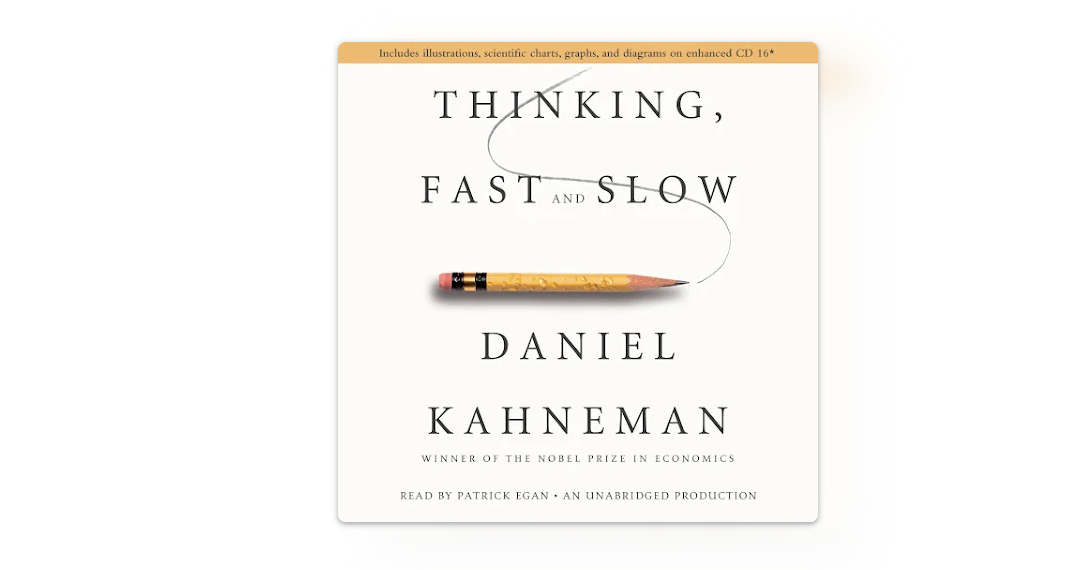In the realm of user experience design and marketing, understanding the intricacies of human decision-making is paramount. “Thinking, Fast and Slow” by Daniel Kahneman offers deep insights into the two systems that drive our thoughts and actions: System 1, which is fast, intuitive, and emotional; and System 2, which is slower, more deliberative, and logical. For UX designers and marketers, this distinction is crucial. It highlights the importance of designing experiences and messages that cater to both the instinctive reactions triggered by System 1 and the thoughtful considerations of System 2. By leveraging the principles outlined by Kahneman, professionals can create more engaging, intuitive, and ultimately successful designs and campaigns.
Kahneman introduces readers to the dual-process model of the brain. System 1 operates automatically and quickly, with little or no effort and no sense of voluntary control. Conversely, System 2 allocates attention to the effortful mental activities that demand it, including complex computations. The operations of System 2 are often associated with the subjective experience of agency, choice, and concentration. The balance between these two systems enables us to navigate the world, but it also opens the door to biases and errors in judgment that can impact everything from personal decisions to user experience and marketing strategies.
The book delves into several cognitive biases that stem from these systems’ interplay, such as the anchoring effect, where individuals rely too heavily on the first piece of information offered (the “anchor”) when making decisions. This has direct implications for how products are presented and priced, influencing the first impressions and perceived value in the minds of users and consumers.
Another significant concept Kahneman explores is the peak-end rule, which suggests that people judge an experience largely based on how they felt at its peak (i.e., its most intense point) and at its end, rather than based on the total sum or average of every moment of the experience. This insight can profoundly impact how UX designers structure user journeys and interactions, ensuring that high points are memorable and endings are satisfying, thus enhancing overall user satisfaction.
Kahneman also addresses the prospect theory, which posits that people value gains and losses differently, leading to a value function that is steeper for losses than for gains. This asymmetry between the valuation of gains and losses can inform marketing strategies and product design, nudging designers to frame choices in a way that aligns with users’ aversion to losses.
Throughout the book, Kahneman challenges the assumption of human rationality prevailing in economic theory, presenting a more nuanced picture of decision-making that includes heuristics and biases. These insights are invaluable for UX design and marketing, offering a deeper understanding of why people act the way they do and how to influence those actions in a way that is both ethical and effective.
In summary, “Thinking, Fast and Slow” provides a comprehensive exploration of human thought processes and decision-making. For professionals in user experience design and marketing, Kahneman’s work is a treasure trove of insights that can enhance the effectiveness of their work. By applying the principles outlined in the book, designers and marketers can create more intuitive, engaging, and persuasive experiences that resonate with both the fast, instinctual responses and the slow, considered judgments of their audience.
This exploration into the cognitive underpinnings of human behavior underscores the importance of a psychology-informed approach in UX design and marketing. Kahneman’s seminal work not only enriches our understanding of the human mind but also equips us with the tools to better meet users’ needs, shape their experiences, and influence their decisions in a rapidly evolving digital landscape.


Recent Comments